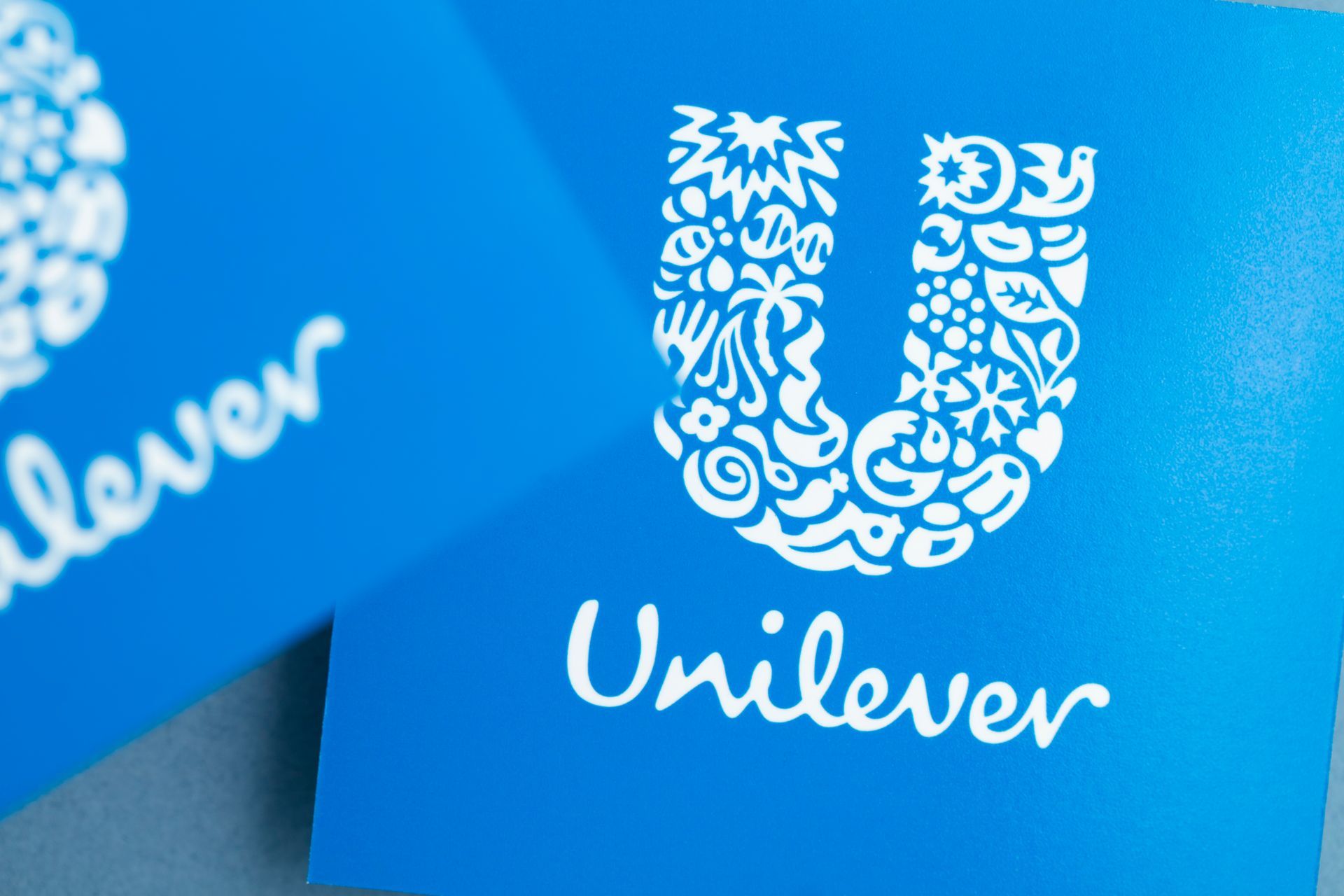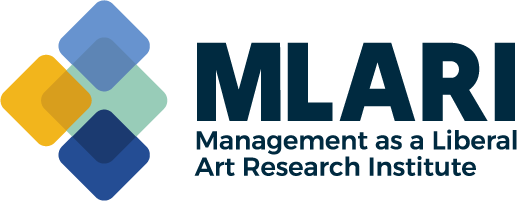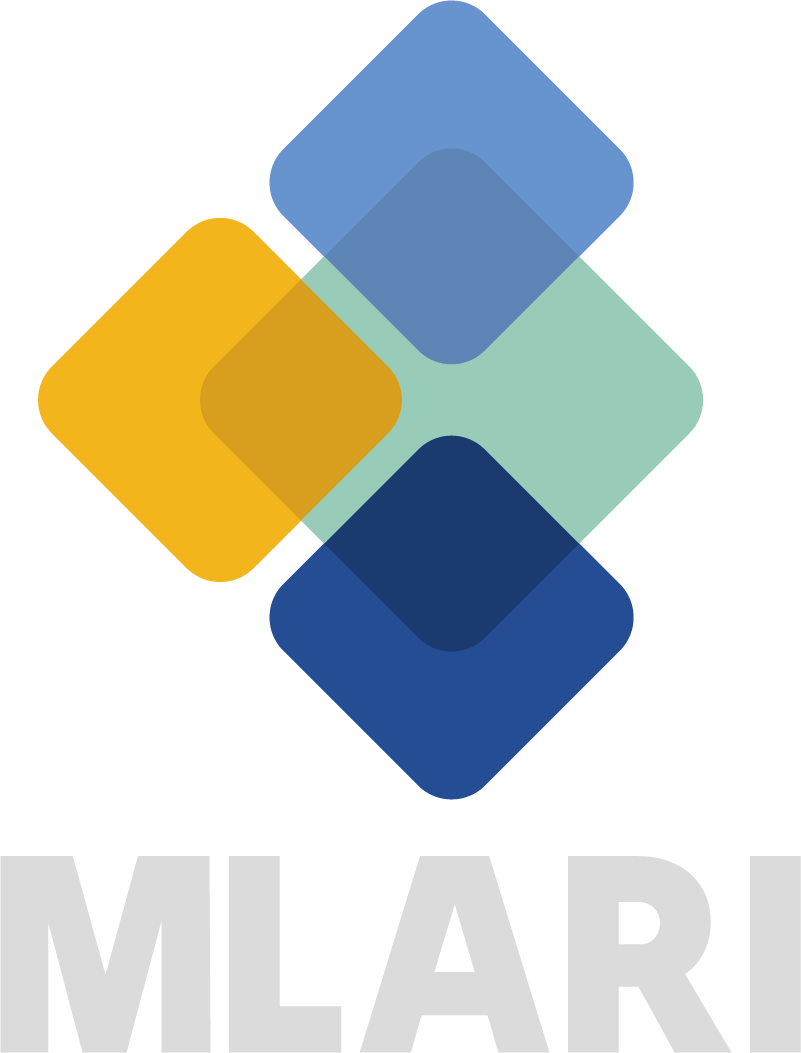By Robert Kirkland Ph.D.
•
December 17, 2025
When Paul Polman became CEO of Unilever in 2009, he did not inherit a troubled company. He stepped into a large global enterprise with familiar consumer brands that sat on shelves in cities from Amsterdam to Manila. Even with that scale and reach, the business rested on foundations that were beginning to crack. Public faith in multinational firms was fading, climate change was moving from a distant worry to a financial reality, and investors were increasingly locked into the rhythm of quarterly results that encouraged short term decisions and discouraged real strategy. Polman’s answer was surprisingly philosophical for a leader of such a company. Rather than defend profitability as the central corporate purpose, he attempted to redefine what the company was for. His response may suggest a contemporary expression of Peter Drucker’s idea of Management as a Liberal Art. Drucker described management as a moral undertaking that must be anchored in judgment, responsibility, and service, not only in efficiency or cost control. Redefining Corporate Purpose Soon after taking the role, Polman stunned many investors by ending quarterly earnings guidance. He went further and encouraged investors who focused only on short term returns to place their money elsewhere (Polman and Winston, 2021). The gesture appears to have been meant to reset the company’s relationship with financial markets. Drucker consistently argued that true leadership cannot be tied to the emotional fluctuations of short term financial reporting. By refusing to follow the ninety day cycle, Polman gave Unilever enough breathing space to think about long term issues. He also sent a powerful message inside the company. Unilever would no longer place shareholder extraction above every other consideration. Drucker might say that Polman was returning management to a place where purpose and meaning had priority. Drucker had long argued that institutions must be run for durability and social legitimacy, not just for quarterly outcomes (Drucker, 1946). The Unilever Sustainable Living Plan In 2010, Polman introduced the Unilever Sustainable Living Plan, which attempted to grow the company while reducing its environmental footprint (Unilever, 2010). The plan contained measurable goals for carbon emissions, water use, waste, sustainable sourcing, health, hygiene, nutrition, and economic livelihoods in the supply chain (Unilever, 2018). This was not presented as charity. It was presented as the business model itself. This approach fits well with Drucker’s view that a company must justify its existence through contributions to the common good (Drucker, 1946). Polman noted that a company serving billions of consumers could not thrive in a world marked by climate disruption, fragile supply chains, and social instability (Polman and Winston, 2021). He reframed sustainability as a competitive requirement. There are many examples of how this mindset influenced operations, such as targeted efforts to stabilize incomes for small farming communities or reduce water dependency in detergent production. Drucker would likely describe this approach as a return to institutional citizenship, which is the idea that power involves obligation (Drucker, 1989 and 1993). Human Dignity in Management Drucker believed that effective management is inseparable from human dignity. He argued that organizations must offer people both identity and contribution (Drucker, 1946). Polman appeared to take this to heart. Under his leadership, Unilever pushed for higher wages, safer working conditions, and expanded training programs across its vast networks of suppliers and small scale producers (Unilever, 2018). He also shifted language in a revealing way. Polman preferred speaking about farmers and families rather than vendors and suppliers (Polman and Winston, 2021). This change hinted at a deeper moral view of business. It positioned Unilever as a partner invested in the stability of the people who provided its raw materials. That reading fits closely with the idea of management as a liberal art, which sees leadership as an act of stewardship for the growth of people, not just the supervision of tasks (Drucker, 1989). Climate Leadership and Ethical Risk Management Drucker warned that management cannot be reduced to engineering efficiency. Managing also requires wrestling with consequences (Drucker, 1990). Polman pressed Unilever to treat climate risk as a direct business issue. He connected environmental damage to cost volatility, to consumer trust, and to the company’s long term future. Under his leadership, Unilever accelerated its use of renewable energy, sustainable materials, lighter packaging, and lower water use in many products (Unilever, 2010 and 2018). Polman’s climate agenda blended science, logistics, ethics, psychology, and an understanding of global politics. Drucker described this type of synthesis as central to Management as a Liberal Art. Responsible executives, he argued, must integrate many forms of knowledge into decisions (Drucker, 1989 and 1993). Polman framed sustainability as fiduciary responsibility rather than philanthropy. His influence is still visible in the way many global firms now treat environmental commitments as strategy rather than charity. This framing closely reflects Drucker’s view that corporate social responsibility must be rooted in a firm’s core mission, capabilities, and day-to-day operations rather than treated as a separate act of goodwill. By embedding sustainability into Unilever’s strategy and value chain, Polman demonstrated Drucker’s argument that responsible management integrates social obligations into how the business competes and performs, allowing ethical action and profitability to reinforce rather than undermine one another. Reviving Stakeholder Capitalism Polman helped restore credibility to the idea of stakeholder capitalism. He insisted that corporations must serve employees, consumers, suppliers, communities, and the environment rather than focus only on investor returns (Polman and Winston, 2021). He also pushed Unilever to evaluate brand performance partly through its social or health impact (Unilever, 2018). Under this model, brand equity included moral equity. This aligns with Drucker’s view that corporate legitimacy must be earned and never assumed (Drucker, 1989). For Polman, consumer trust was a survival requirement. When customers believe that a firm contributes to a worsening world, the company risks losing not just reputation but also the permission to operate (Drucker, 1990). Moral Leadership and Institutional Courage Polman spoke in moral terms more openly than most executives. He frequently challenged governments that fell short on climate commitments and he encouraged other business leaders to adopt fair labor standards and responsible tax behavior (Polman and Winston, 2021). Drucker argued that real authority is moral before it is positional. Polman’s conduct fits that idea well (Drucker, 1989 and 1990). Inside the company, Polman asked employees to see themselves as contributors to social improvement and not merely as managers of brands or operations (Unilever, 2010). This practice reflects MLA. Drucker believed that people should find meaning and contribution through their work, not only wages (Drucker, 1989). Performance, Profit, and Purpose Some critics argue that purpose oriented leadership reduces profitability. Polman countered this by pointing to performance. During his tenure, Unilever posted steady growth, especially in emerging markets, improved margins, and delivered strong long term returns (Unilever, 2018). He argued that long term value and social value reinforce one another (Polman and Winston, 2021). Drucker had long dismissed the idea that ethical leadership conflicts with economic effectiveness (Drucker, 1999). Even with strong performance, tension remained. Certain investors disliked the refusal to play the quarterly guidance game. Some environmental advocates believed Unilever could have moved faster on issues such as plastics. Drucker never said that Management as a Liberal Art would eliminate conflict. He said that it would give leaders a moral compass for navigating conflict in a transparent way (Drucker, 1989). Polman seemed to follow that guidance by making tradeoffs visible and by emphasizing choices that protected dignity, stability, and ecological viability (Drucker, 1990). Building a Network of Responsible Institutions After leaving Unilever, Polman co founded Imagine, an organization that works with senior executives to accelerate progress toward the United Nations Sustainable Development Goals (Polman and Winston, 2021). This next step reinforces the idea that sustainability for Polman is a theory of governance rather than a branding strategy. Drucker believed that modern society relies on networks of responsible institutions. These include corporations, governments, and nonprofit organizations that understand their interdependence and act accordingly (Drucker, 1946 and 1993). Polman’s post CEO work attempts to strengthen that network. He is essentially trying to rebuild the trust and cooperation among institutions that Drucker warned could erode in a fragmented society (Drucker, 1999). The Legacy of a Modern Druckerian Paul Polman’s leadership at Unilever provides one of the clearest contemporary examples of Drucker’s idea of Management as a Liberal Art. He treated the corporation as a civic institution rather than a simple profit generator. He wove climate stability, labor dignity, and social inclusion into the core of strategic planning. He asked brands to earn moral legitimacy. He emphasized supply chains as human communities. He took personal risks by arguing that corporations hold responsibility for the future of the planet on which their operations depend (Polman and Winston, 2021). In Drucker’s language, Polman practiced stewardship. He demonstrated that management concerns human beings, the communities they inhabit, and the ecological systems that support them (Drucker, 1989 and 1990). In an era shaped by climate upheaval, inequality, and declining institutional trust, Polman shifted the central question. Instead of asking whether companies can afford to care, he asked whether they can survive if they refuse to care at all. References Drucker, P. F. (1946). The concept of the corporation. New York: The John Day Company. Drucker, P. F. (1989). The new realities: In government and politics, in economics and business, in society and world view. New York: Harper & Row. Drucker, P. F. (1990). Managing the non-profit organization: Practices and principles. New York: HarperBusiness. Drucker, P. F. (1993). Post-capitalist society. New York: HarperBusiness. Drucker, P. F. (1999). Management challenges for the 21st century. New York: HarperBusiness. Polman, P., & Winston, A. (2021). Net Positive: How courageous companies thrive by giving more than they take. Harvard Business Review Press. Unilever. (2010). Unilever Sustainable Living Plan. Unilever PLC. Unilever. (2018). Sustainable sourcing and livelihoods progress report. Unilever PLC. World Business Council for Sustainable Development. (2019). Business leadership for a net-zero economy.








